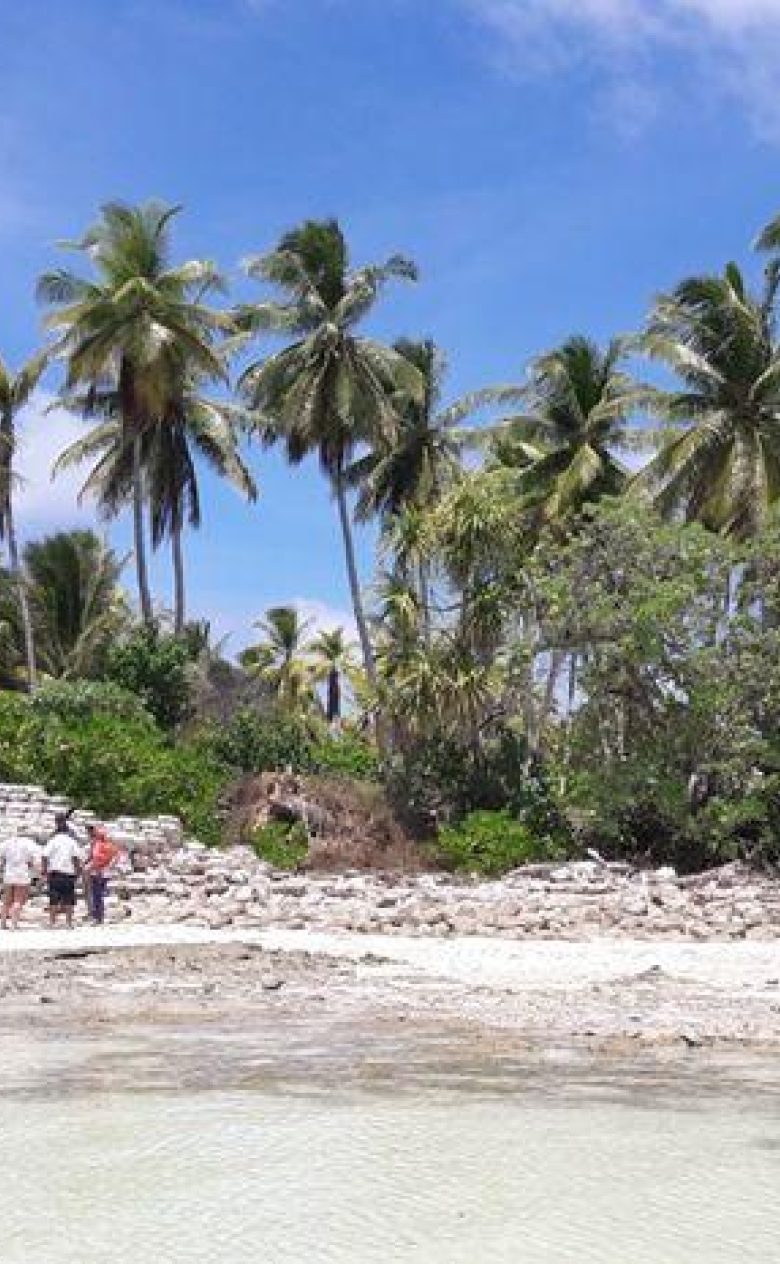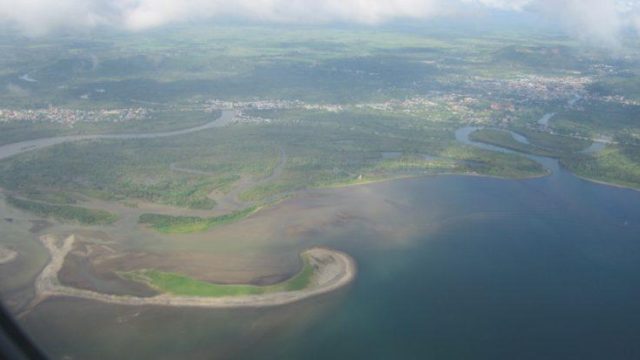Nature-based solutions; do we know how to do it?
Implementation of nature-based interventions is on the rise. Nature now often has new functional labels added, parks for ‘water retention’, mangroves ‘for coastal resilience’ and oyster reefs as ‘living shorelines’. There is a lot to say in support of nature-based solutions. They are generally low-carbon, sustainable and environmentally friendly and they deliver additional co-benefits. However, currently there are no commonly accepted guidelines that help implementation of nature-based solutions. This increases the change on failure of nature-based solutions projects and impedes uptake and upscaling of nature-based solutions

In times of increasing population pressure, polluted megacities and globally rising temperatures nature-based solutions constitute todays perfect alternative to conventional infrastructure. Nevertheless, where weeds are able to emerge in your garden within the blink of an eye, proper implementation of nature-based solutions turns out to be extremely challenging, which is illustrated by planted mangroves that are massively swept away by storms and hard substrate that stays bare when oysters and corals refuse to settle on it. For actual integration of nature into engineering designs, we suddenly need performance metrics and life cycle analyses for natural elements and ecosystems. This is a whole new road to discover and no ready-made guidance on how to do this is available yet.
Proper functioning is in good implementation
Nature-based solutions have things in common with conventional engineering solutions, for example that they do not perform well if they are not implemented well. Especially, when implementing nature-based measures for flood risk reduction, flawed implementation may lead to hazardous situations.
For example, nature-based solutions that are claimed to reduce flood risk but are not based on a proper risk assessment and not subjected to performance criteria may put communities at risk. Hence, executing a risk assessment before implementing nature-based solutions and setting a sound objective for the project are essential. So, although there are considerable gaps in knowledge for implementation of nature-based solutions, there are also some generalities that aid proper implementation.
Towards commonly accepted guidelines
Although there are several guidance documents and knowledge platforms accommodating nature based solutions, there is currently no commonly accepted international guideline that facilitates implementation of nature-based solutions for flood risk, striving to implement them to the best of our current knowledge.
With the maturing of the topic development banks, bilateral donors, research institutes, NGO’s and engineering firms, felt that time was right to join forces and produce a collaborative international guidance. A brief guidance document was drafted in April 2017 by more than 70 experts of 25 organisations, amongst which The World Bank Group, the Global Facility for Disaster Risk Reduction (GFDRR), United Nations Development Program, Deltares and Ecoshape.
The guidance document starts with five principles.
- The first principle recommends execution of a system-scale assessment taking into account environmental, socio-economic and institutional conditions for optimal design of interventions.
- The second principle advocates that a risk assessment should be executed to define the basis for comparison of different measures and their combinations. This also opens the possibility for use of combinations of green and grey measures.
- Third, the use of existing knowledge on conservations, management and restoration of ecosystems is indorsed. Implementation of nature-based solutions can make use more consistently of this field of knowledge. By making use of “low impact” restoration methods that focus on restoration of abiotic conditions more impact and larger spatial scales can be targeted. By doing this project failure can be reduced which will result in more cost effective implementation.
- The fourth principle stresses that for proper design of nature-based interventions they should be held against similar criteria as conventional engineering measures in. Only by doing this, proper performance criteria can be defined for nature-based measures.
- Fifth and finally it is stated that adaptive management will facilitate involvement after construction and project adjustment if performance criteria are not met. By doing this the guidance is only a first step in starting our collaborative learning process on nature-based solutions.

Natural hazards – Nature-based solutions platform
Do you want to learn with us? Download the guidance, upload your projects on our knowledge platform and join the community.
Conventional engineering solutions have been actively implemented for hundreds of years. If we want nature-based solutions positioned as an equal alternative we need to join forces to accelerate knowledge development and upscaling of nature-based solutions.

